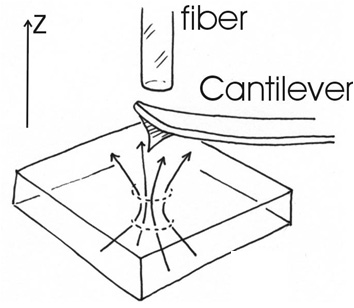Publications
- Fluxoid flucutations in mesoscopic superconducting rings
- Direct imaging of the coexistance of ferromagnetism and superconductivity at the LaAlO3/SrTiO3 interface
- Local measurement of the superfluid density in the pnictide superconductor Ba(Fe1-xCox)2As2 across the superconducting dome
- Spinlike susceptibility of metallic and insulating thin films at low temperature
- Persistent currents in normal metal rings
- A terraced scanning superconducting quantum interference device with submicron pickup loops
- Signal and charge transfer efficiency of few electrons clocked on microscopic superfluid helium channels
 Summary
SummaryThe discovery of high temperature superconductors in 1986 was one of the most exciting breakthroughs in condensed matter physics. The critical temperature, the temperature below which electrons pair and there is no resistance, of many materials in this family was substantially higher than all other know superconductors. However, almost 30 years later we still don't know why these materials superconduct. To become a superconductor the electrons in a material must overcome their coulomb repulsion and form pairs. One way to measure this pairing mechanism is to measure the density of superconducting pairs (superfluid density) and track how it changes with temperature. In this paper we measured the superfluid density using a magnetic force microscope in a series of samples with different chemical doping. Our measurements show that proximity to a magnetic state may contribute to the electron pairing mechanism. The image shows a sketch of a magnetic force microscope tip. This is the sensor that was used to make these measurements. |
| Lan Luan, Thomas M. Lippman, Clifford W. Hicks, Julie A. Bert, Ophir M. Auslaender, Jiun-Haw Chu, James G. Analytis, Ian R. Fisher, and Kathryn A. Moler, Physical Review Letters 106 067001 (2011). Full Text |